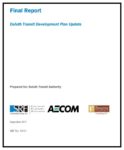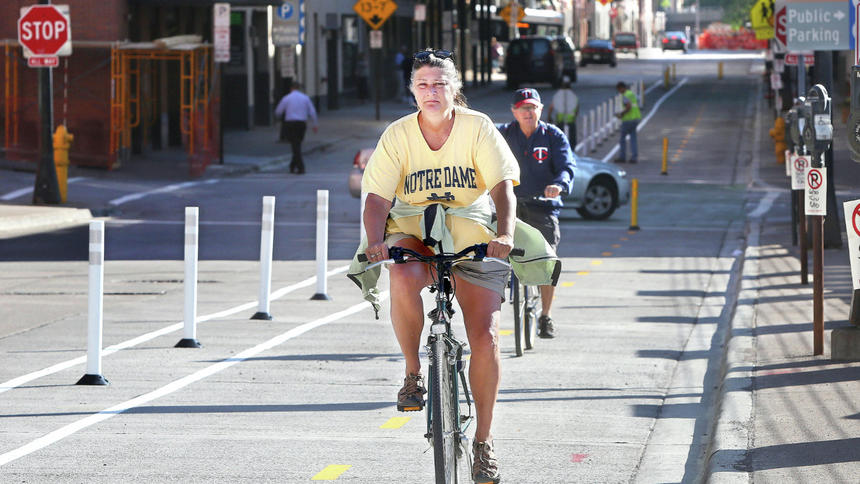We’re working to line up funding for Duluth-Area projects for the next four years
Federally-funded transportation projects can be big, expensive, and time-sensitive — which means they need to be planned in advance. Projects have been approved in previous years for 2018-2020, and we’re working now to line up funding for Duluth-area projects in 2021.
We are taking comments on the Draft 2018-2021 Duluth Area Transportation Improvement Program (TIP) through August 22. The new projects for 2021, as approved by the MIC Policy Board and the Northeast MN Area Transportation Partnership, include:
Project: Bridge improvements at junction of State Highway 35 and 27th Ave W. in Duluth
Jurisdiction: MnDOT
Project Cost: $2,100,000 million ($1,890,000 federal, $210,000 state funds)
Project: Culvert Improvements at US Steel Creek in Duluth
Jurisdiction: MnDOT
Project Cost: $1,100,000 ($1,100,000 state funds)
Project: Culvert improvements at Gogebic Creek in Duluth
Jurisdiction: MnDOT
Project Cost: $1,100,000 ($1,100,000 state funds)
Project: I-35 Drainage System improvement at Lakewalk in Duluth
Jurisdiction: MnDOT
Project Cost: $1,100,000 ($1,100,000 state funds)
Project: Upgrade fiber optic cable and traffic cameras in Duluth
Jurisdiction: MnDOT
Project Cost: $425,000 ($382,500 federal, $42,500 state funds)
Project: Resurface Lismore Road, 5.5 miles from North Tischer Road to Ryan Road
Jurisdiction: St. Louis County
Project Cost: $3,143,825 ($1,285,000 federal, $1,858,825 local funds)
Project: Resurface roadway, storm sewer, curb and gutter repairs and sidewalks along Railroad Street from Garfield Ave to 5th Ave W.
Jurisdiction: City of Duluth
Project Cost: $992,788 ($742,936 federal, $249,852 state funds)
Project: Resurface roadway, storm sewer, curb and gutter repairs and sidewalks along Railroad Street from 5th Ave W to Canal Park Drive
Jurisdiction: City of Duluth
Project Cost: $724,362 ($542,064 federal, $182,298 state funds)
Project: Duluth Dial-A-Ride Transit Operating Assistance
Jurisdiction: Duluth Transit Authority
Project Cost: $1,400,000 ($1,400,000 local funds)
Project: Duluth Operating Assistance – Regular Route
Jurisdiction: Duluth Transit Authority
Project Cost: $14,040,000 ($1,000,000 federal, $13,040,000 local funds)
Project: Rehab/Renovation of Transit Terminals and Shelters
Jurisdiction: Duluth Transit Authority
Project Cost: $50,000 ($40,000 federal, $10,000 local funds)
Project: Transit Signal Priority (TSP) System Improvements
Jurisdiction: Duluth Transit Authority
Project Cost: $150,000 ($120,000 federal, $30,000 local funds)
Project: Intelligent Transportation System (ITS) Improvements
Jurisdiction: Duluth Transit Authority
Project Cost: $100,000 ($80,000 federal, $20,000 local funds)
Project: Support and Facilities Equipment Purchase
Jurisdiction: Duluth Transit Authority
Project Cost: $690,000 ($552,000 federal, $138,000 local funds)
Project: Purchase Nine Standard 40-ft. Replacement Buses
Jurisdiction: Duluth Transit Authority
Project Cost: $4,695,000 ($3,756,000 federal, $939,000 local funds)
Project: Facility Rehabilitation
Jurisdiction: Duluth Transit Authority
Project Cost: $400,000 ($320,000 federal, $80,000 local funds)
We want to know what you think!
Give us a call: Talk to Planner Chris Belden at (218) 529-7502
OR –
Attend a Drop-In Open House:
When: Tuesday, August 8 from 10:00 am to noon or Thursday, August 10 from 2:00 pm to 4:00 pm
Where: ARDC/MIC office in downtown Duluth at 221 West First Street (skywalk level)



